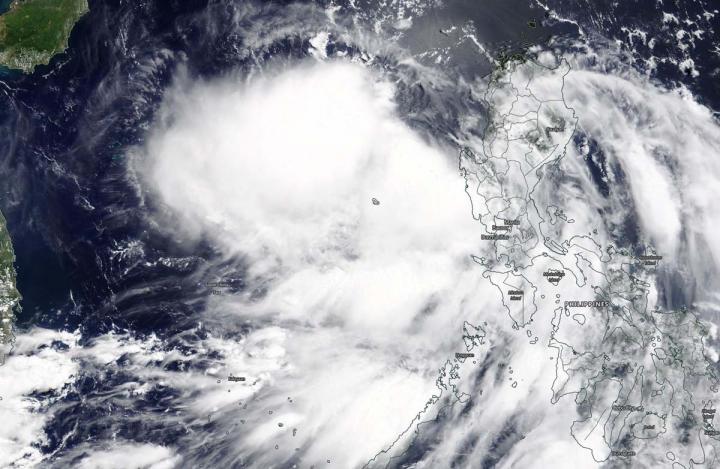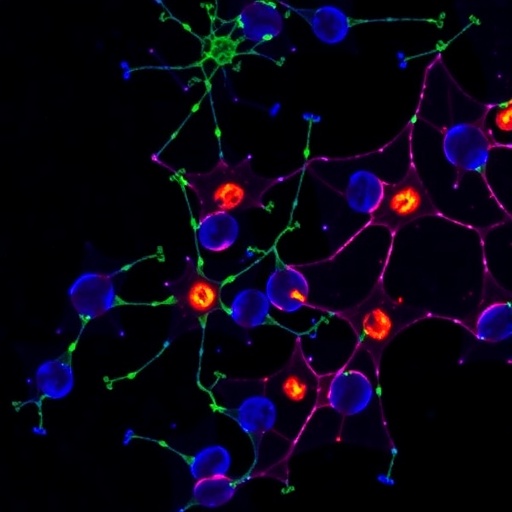
Credit: NASA/Worldview
A low-pressure system that developed in the Philippine Sea and tracked over the central Philippines has moved into the South China Sea and become a depression. NASA’s Terra satellite provided an image of the newly formed storm.
Tropical Depression Nuri (also known as 02W) formed by 5 a.m. EDT (0900 UTC) after passing over Luzon, Philippines and moved into the South China Sea. On June 12, 2020, the Moderate Resolution Imaging Spectroradiometer or MODIS instrument that flies aboard NASA’s Terra satellite provided a visible image of the newly developed Nuri. The image showed a cluster of thunderstorms surrounding the center of circulation and located between the Philippines and Hainan Island, China.
The Joint Typhoon Warning Center noted, “Animated enhanced infrared satellite imagery depicts discrete clusters of deep convection flaring around the periphery of a broad low-level circulation center. A microwave image indicates a broad weakly defined low level center with formative shallow banding [of thunderstorms] wrapping into the center.”
By 11 a.m. EDT (1500 UTC), it was located approximately 329 nautical miles south-southeast of Hong Kong, China, near latitude 17.9 degrees north and longitude 116.8 degrees east. Maximum sustained winds were 30 knots (34.5 mph/55.5 kph) and strengthening is forecast. Nuri has tracked west northwestward at 13 knots (15 mph/24 kph).
The storm is forecast to make landfall to the southwest of Hong Kong, China on June 14.
###
NASA’s Terra satellite is one in a fleet of NASA satellites that provide data for hurricane research.
Tropical cyclones/hurricanes are the most powerful weather events on Earth. NASA’s expertise in space and scientific exploration contributes to essential services provided to the American people by other federal agencies, such as hurricane weather forecasting.
By Rob Gutro
NASA’s Goddard Space Flight Center
Media Contact
Rob Gutro
[email protected]
Original Source
https:/




